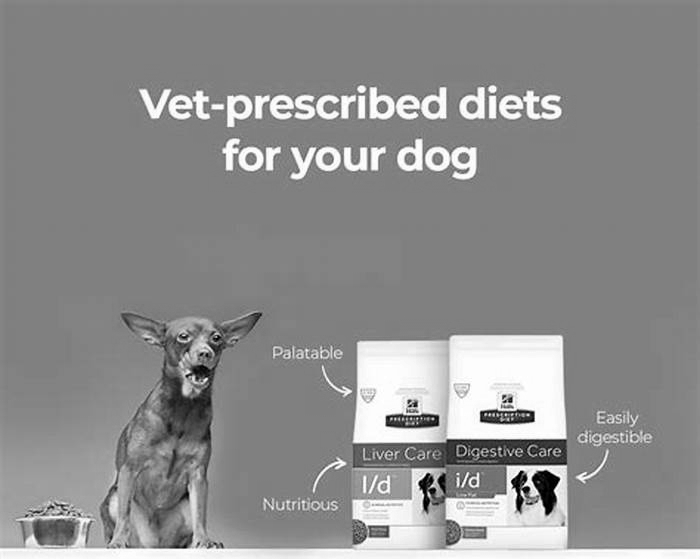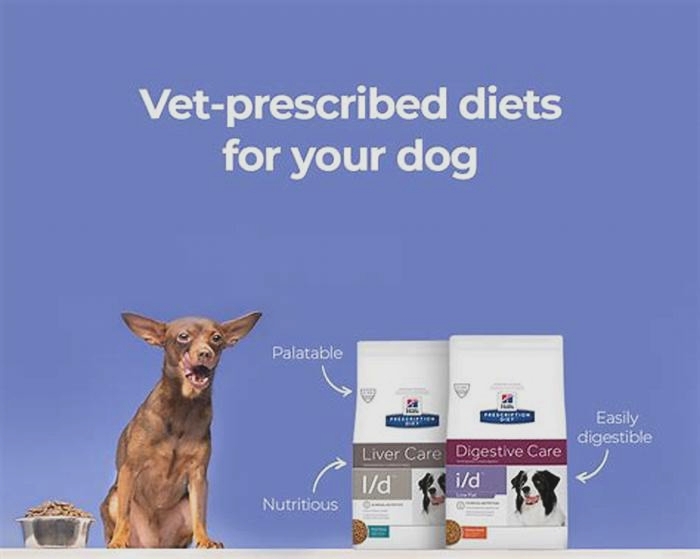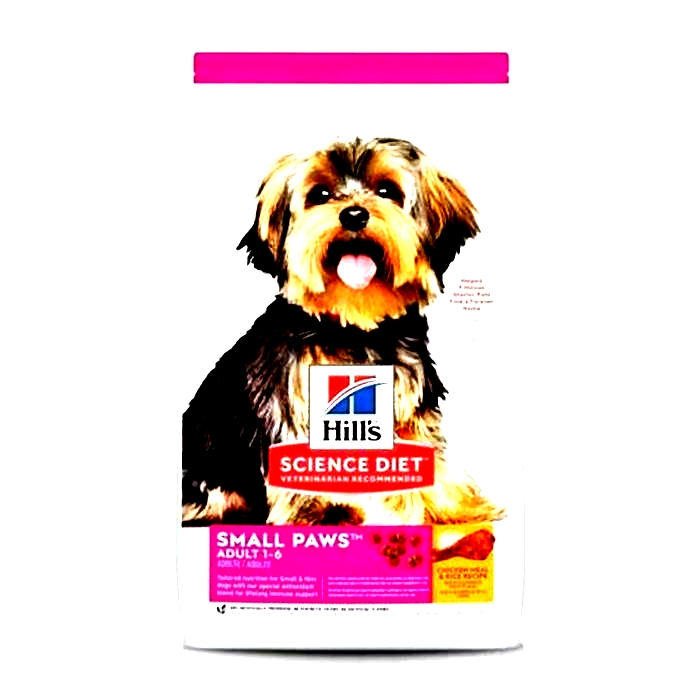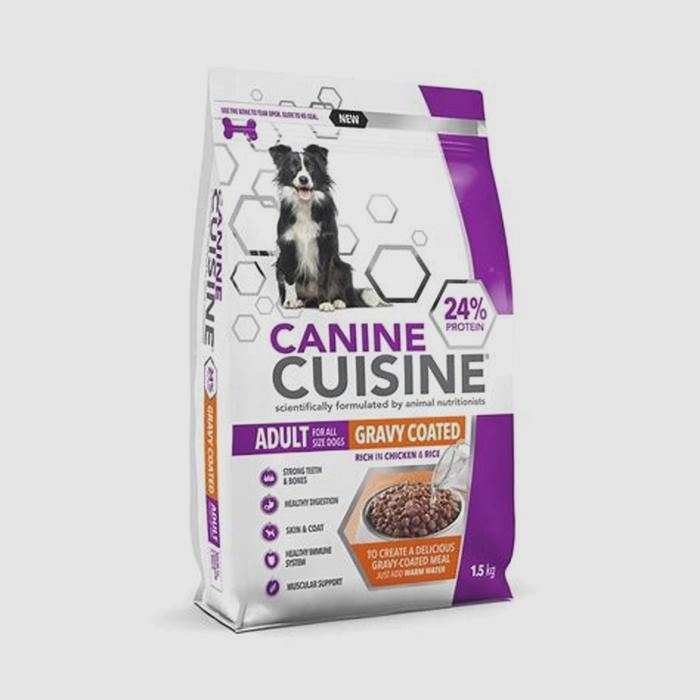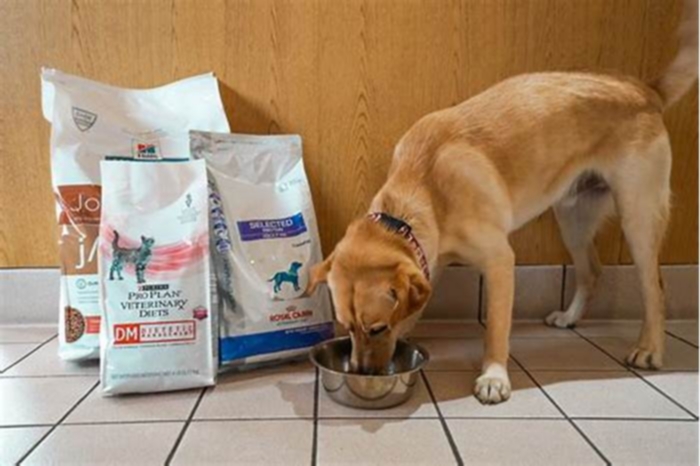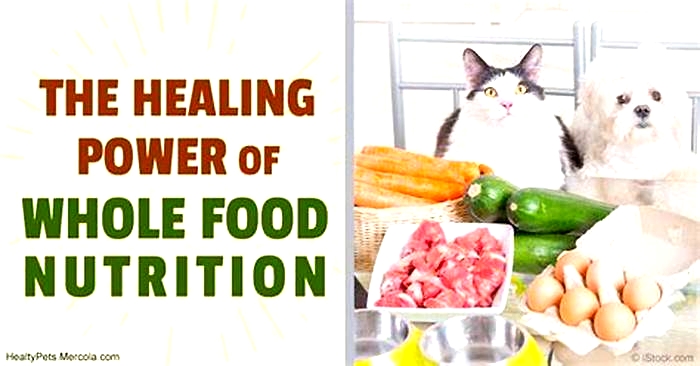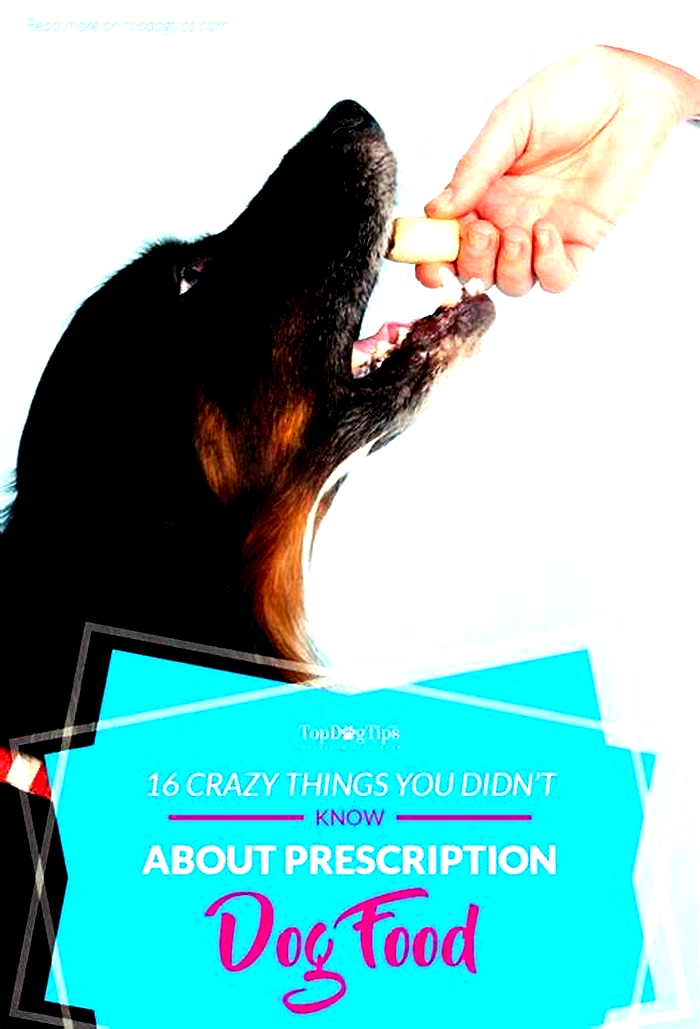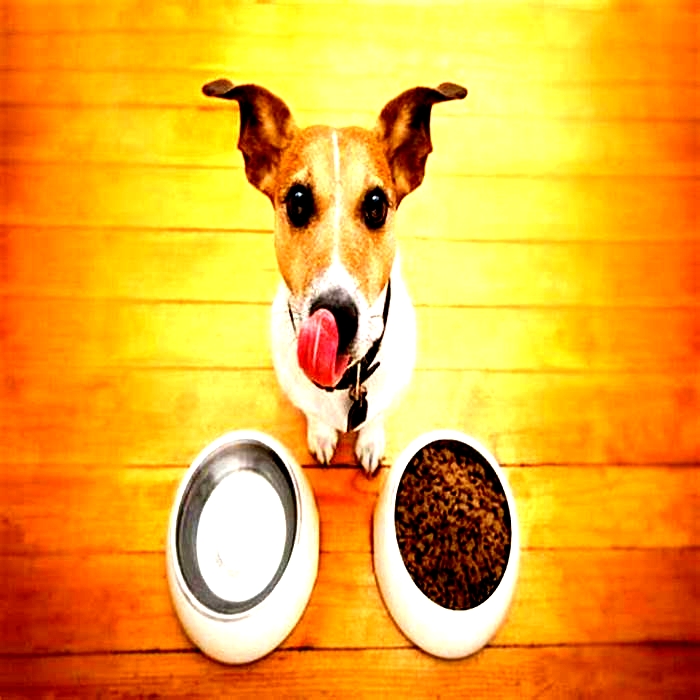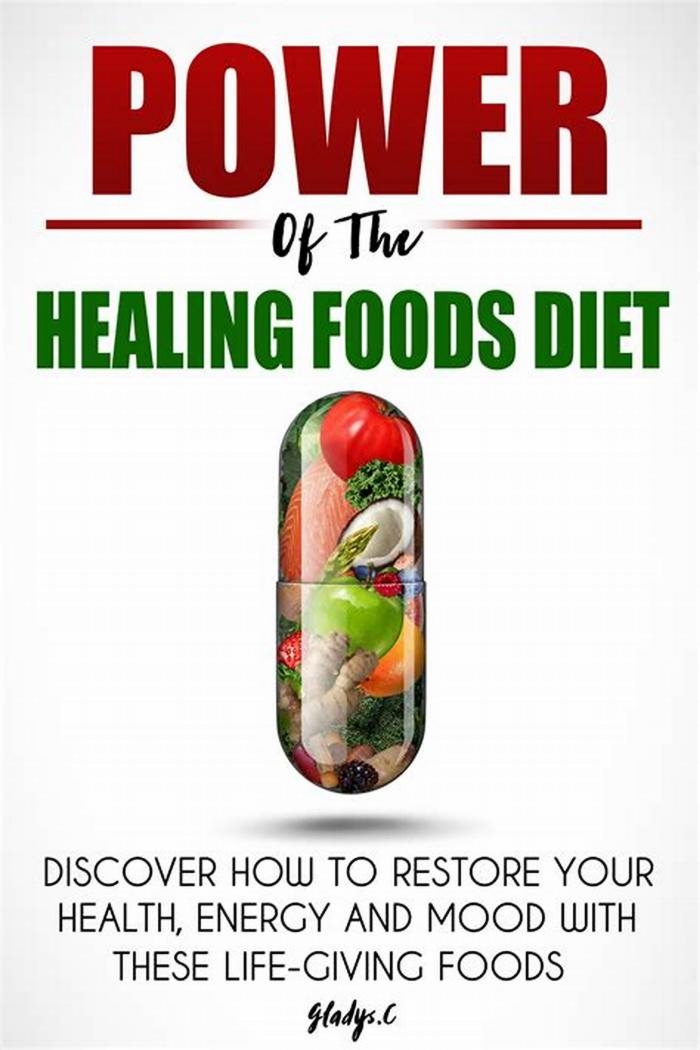Nutritional Healing A Deep Dive into Prescription Canine Diets
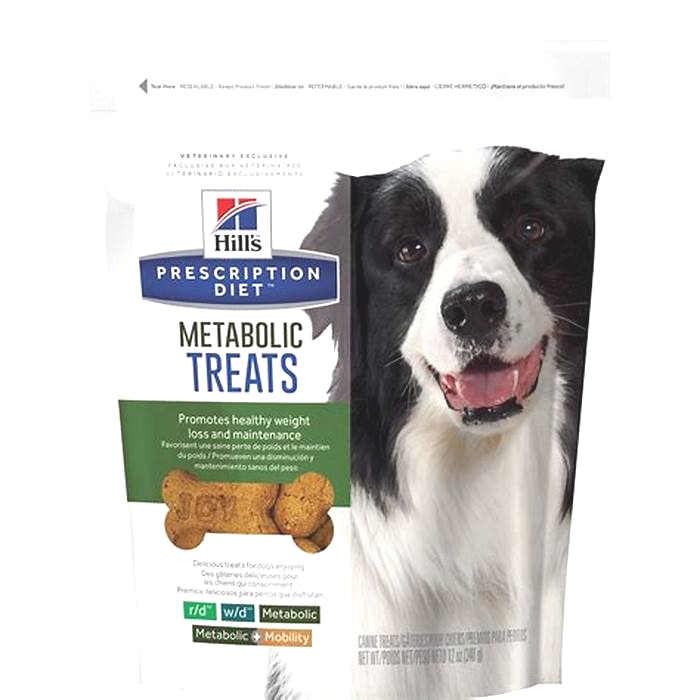
Common ways we mess up our pups nutrition
When you love your dog, you may feel the urge to spoil them with treats or come up with elaborate meal recipes. But some of the feeding choices we make out of love can turn into big mistakes depriving our dogs of necessary nutrients, overdoing fats or leaning too heavily on the magic of chicken and rice (which is supposed to be a temporary diet for upset digestive tracts).
Top tips for dog diets
- Feed a commercial diet that is certified as providing complete and balanced nutrition for your dogs life stage, or work with a board-certified veterinary nutritionist to plan a home-prepared diet that matches your dogs needs.
- Be conservative with treats. If you love giving your dog lots of little tidbits throughout the day, use low-calorie, low-fat snacks such as carrots or snap peas, or set aside part of their daily meals for treats.
- Make all diet changes gradually, and consider giving a probiotic during this transition period.
- Schedule an appointment with your veterinarian if your dog has chronic diarrhea or stomach upset to determine if there are other underlying causes.
Too many treats
When asked about where things often go awry with doggy diets, Dr. Joseph J. Wakshlag, section chief and professor of clinical nutrition, immediately responded, Too many treats!
It is common, even when the dog is on a commercial diet, that folks still like to feed treats or table scraps, Wakshlag says. Treats should be limited to no more than 15% of the daily calorie intake since these are often not complete and balanced foods, which may throw off nutrient intake.
Many veterinary nutritionists recommend limiting your dogs calories from treats to 10% of their total diet, especially if you are working on a weight-loss program. Even though many of us feel like we only give our dogs occasional table scraps, those bites add up quickly.
I was involved in a study looking at table-scrap feeding, or human foods to be more precise, and the average calories from these sources was about 20% of calories for the average dog, which is a bit too much, Wakshlag says. Veggies are often fine because they are low in calories, while the pizza crust, burger bites and fries are just way too high in calories, and can really lead to obesity and subpar nutrient intake.
The good news is that there are easy ways to get your dogs diet back in balance without denying them treats and snacks. Instead of feeding random food scraps, use part of your dogs primary diet as treats. Set aside part of each meal to use for training and random snacks. This is helpful both for weight-loss management and to ensure that your dog is eating a balanced diet.
Another option is to use healthy, low-calorie items as treats. Carrots, broccoli and snap peas are three examples that many dogs love.
Hazards of home-cooking
Home-prepared diets for dogs are increasing in popularity, but many veterinary nutritionists advise caution. It is critical to use a recipe that is deemed complete and balanced to make sure that your dog is getting everything that they need. For dogs with health conditions, a custom diet designed by a veterinary nutritionist is often the best plan.
If people are feeding home-prepared diets, this can be a problem, since there are a number of nutrients that are often deficient like calcium, B12, zinc, magnesium, etc., which can lead to subclinical deficiencies, Wakshlag says. The most egregious deficiency is usually calcium, which can lead to pathologic fractures in puppies and osteopenia with a risk of fracture.
But your dog can have their ground turkey cake and eat it too. If considering a home-cooked diet for your dog, ask your veterinarian to evaluate it for nutritional adequacy. Its very important to use vitamin and mineral mixes designed for home-prepared diets when feeding dogs, particularly if using primarily a meat-based diet plan, Wakshlag says.
Too much of a good thing
Our dogs love meats and fats, but overly rich foods dont always love them back. Overindulging can irritate your dogs pancreas and cause pancreatitis.
Pancreatitis is an extremely painful condition characterized by nausea, vomiting, lethargy, poor appetite, abdominal pain, diarrhea and fever. In severe cases, it can be fatal. Pancreatitis is treated with pain medications, anti-nausea medications and intravenous fluids. Most dogs who have survived pancreatitis have to stay on a strict, low-fat and low-protein diet for the rest of their lives to prevent recurrence.
Prevention is the best medicine when it comes to pancreatitis. Only give your dog small amounts of rich or fatty foods, especially if they have a history of having a sensitive GI tract. An occasional marrow bone is likely safe, but avoid making them a regular snack. (Also keep in mind that dogs can crack or break their teeth when chewing on these bones, or get hurt from splinters that break off and become lodged in their throat).
Long-term bland diets
Plain, boiled chicken and rice can save the day when your dog has diarrhea. Lean, cooked hamburger and cooked pasta are two other great options when your dog is sick and needs a bland diet to soothe their GI tract.
However, neither of these diets are balanced, and they are not safe to feed long-term because they have an incomplete nutritional profile.
If you find yourself whipping up a bland diet for your dog on a regular basis, then they may have a health condition more serious than a simple case of diarrhea. Some possible underlying causes include intestinal parasites, irritable bowel syndrome (IBS), pancreatitis, food intolerance, exocrine pancreatic insufficiency (EPI), Addisons disease, liver and kidney failure, food allergies or even cancer. The bland diet will help temporarily with your dogs discomfort, but wont resolve the underlying issue and may even make it worse over time.
Schedule a veterinary appointment to discuss your dogs symptoms and complete testing to figure out why your dog may still need a bland diet. Bloodwork, plus a fecal exam to check for parasites, is a great place to start. If those tests dont provide clear answers, your veterinarian may recommend additional blood tests, an X-ray or ultrasound, allergy testing or endoscopy.
Switching too quickly
If you need to change your dogs diet, do it gradually. Start by feeding 75% of the old diet mixed with 25% of the new diet. The next day, feed 50% of each diet, then on the third day feed 25% old and 75% new. This 4-day transition works for most dogs, but dogs with sensitive stomachs may need a longer, more gradual swap.
If you end up doing a sudden diet change, your dog may have some diarrhea because they arent used to the new diet yet. This is usually temporary and will resolve without treatment, but can be unpleasant for both of you. If the diarrhea lasts more than a day or two, or if your dog has other symptoms, call your veterinarian to get some probiotics or anti-diarrhea medications to help ease the transition.
This article has been reprinted with permission from the Cornell University College of Veterinary Medicines DogWatch newsletter, published by Belvoir Media Group. When you become a member of the Riney Canine Health Center, you will receive a free subscription to DogWatch.
Prescription for Nutritional Healing, Sixth Edition
The body is a complex organism that has the ability to heal itselfif only you listen to it and respondwith proper nourishment and care. In spite of all the abuse our bodies endurewhether through exposure to environmental toxins, poor nutrition, cigarette smoking, alcohol consumption, or inactivitythey still usually serve us well for many years before signs of illness may start to appear. Even then, with a little help, they respond and continue to function. It is key to keep our immune systems up and running properly both to facilitate healing and to deal with new threats that develop, like the coronavirus.
The human body is the greatest machine on earth. Nerve signals travel through muscles at speeds as fast as 200 miles per hour. The brain puts out enough electric power to light a 60-watt lightbulb. If your leg muscles moved as fast as your eye muscles, you could walk over fifty miles in one day. According to scientists, bone is among the strongest building materials known to humankind.
Think of your body as being composed of millions of tiny little engines. Some of these engines work in unison; some work independently. All are on call twenty-four hours a day. In order for the engines to work properly, they require specific fuels. If the type of fuel given is the wrong blend, the engine will not perform to its maximum capacity. If the fuel is of a poor grade, the engine may sputter, hesitate, and lose power. If the engine is given no fuel at all, it will stop.
The fuel we give our bodies engines comes directly from the things we consume. The foods we eat contain nutrients. These nutrients come in the form of vitamins, minerals, enzymes, water, amino acids, carbohydrates, and lipids. It is these nutrients that sustain life by providing us with the basic materials our bodies need to carry on their daily functions.
Individual nutrients differ in form and function, and in the amount needed by the body; however, they are all vital to our health. The actions that involve nutrients take place on microscopic levels, and the specific processes differ greatly. Nutrients are involved in all body processes, from combating infection to repairing tissue to thinking. Although nutrients have different specific functions, their common function is to keep us going.
Research has shown that each part of the body contains high concentrations of certain nutrients. A deficiency of those nutrients will cause the body part to malfunction and eventually break downand, like dominoes, other body parts will follow. To keep this from happening, we need a proper diet and appropriate nutritional supplements. Brain function, memory, skin elasticity, eyesight, energy, the ratio of lean to fat tissue in the body, and overall health are all indications of how well the body is functioning. With the help of the proper nutrients, exercise, and a balanced diet, we can slow the aging process and greatly improve our chances for a healthier, pain-freeand possibly longerlife.
If we do not give ourselves the proper nutrients, we can impair the bodys normal functions and cause ourselves great harm. Even if we show no signs of illness, we may not necessarily be healthy. It simply may be that we are not yet exhibiting any overt symptoms of illness. One problem most of us have is that we do not get the nutrients we need from our diets because most of the foods we consume arecooked and/or processed. Cooking food at high temperatures and conventional food processing destroy vital nutrients the body needs to function properly. The organic raw foods that supply these elements are largely missing from todays diet.
The past decade has brought to light much new knowledge about nutrition and its effects on the body, and the role it plays in disease. Phytochemicals, also known as phytonutrients, are one example of the results of this research.
Phytochemicals are compounds present in plants that make the plants biologically active. All fruits and vegetables contain phytochemicals. However, since few people eat enough fruits and vegetables to get the optimum amount of phytochemicals from diet alone, supplementation is recommended. Phytochemicals are not nutrients in the classic sense, but they determine a plants color, flavor, and ability to resist disease. Researchers have identified literally thousands of phytochemicals and also have developed the technology to extract these chemical compounds and concentrate them into pills, powders, and capsules. These products are included under the term nutraceuticals. The FDA uses the term dietary supplement to define natural compounds like phytochemicals.
Your bodys nutritional needs are as unique to you as your appearance is. The first essential step toward wellness is to be sure you are getting the correct amounts of the proper nutrients. By understanding the principles of holistic nutrition and knowing what nutrients you need, you can improve the state of your health, ward off disease, and maintain a harmonious balance in the way nature intended. Part One of this book should provide you with a clear understanding of the vitamins, minerals, amino acids, enzymes, phytochemicals, and other nutrients you need, as well as important information on natural food supplements, herbs, and products that enhance nutrient activity. Eating a healthful diet and supplementing your diet with appropriate nutrients will help to assure that your organs, cells, and tissues get the fuel they need to operate properly. The nutrients suggested in this book promote healing and wellness by allowing the body to heal and reinvigorate itself.
Copyright 2023 by Phyllis A. Balch, CNC. All rights reserved. No part of this excerpt may be reproduced or reprinted without permission in writing from the publisher.

